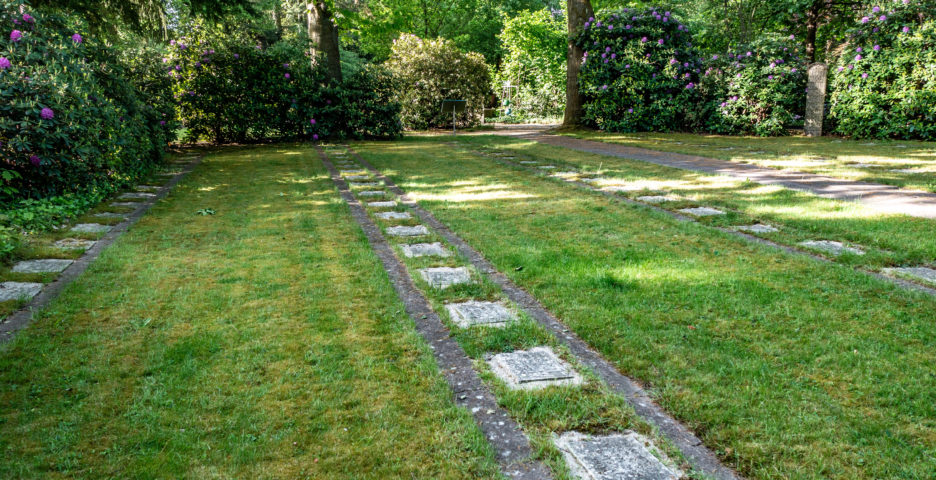This semester, our team launched a thought-provoking cycle of internal seminars dedicated to exploring the German culture of remembrance, with a special focus on the representation of expulsion and resettlement in post-war artworks and scholarship, rooted in Germany.
We began in January with a deep dive into “Alles, was wir nicht erinnern”, a recent bestseller by Christiane Hoffmann. The book, a personal account of retracing her father’s flight route from Silesia, offered a poignant entry point into the silences and tensions surrounding collective memory in Germany today. You can find some of our reflections on it here.
From there, we moved into more academic territory, discussing two seminal articles by Robert G. Moeller, who has written extensively on the divided memory cultures of East and West Germany. While his arguments are rich and well-grounded, we approached them from a hauntological perspective, probing what remains unsaid or spectral in his narrative. This led us to watch the 1951 West German film Grün ist die Heide (The Heath Is Green), which Moeller names as one of the era’s most popular. The screening sparked a dynamic discussion on how the theme of expulsion in the film is both present and repressed—simultaneously visible and veiled—echoing the ghostly presences all of us engage with during our fieldwork.
To conclude this seminar series, we’ll turn to a text by Bill Niven, focusing exclusively on the GDR’s culture of remembrance. This will round off our exploration of how memory diverged across Germany’s post-war landscapes.
We’ll return after the summer—reenergized by fieldwork, conferences, and writing—with a new series of seminars. Until then, we continue to reflect on what is remembered, what is forgotten, and what lingers in between.

